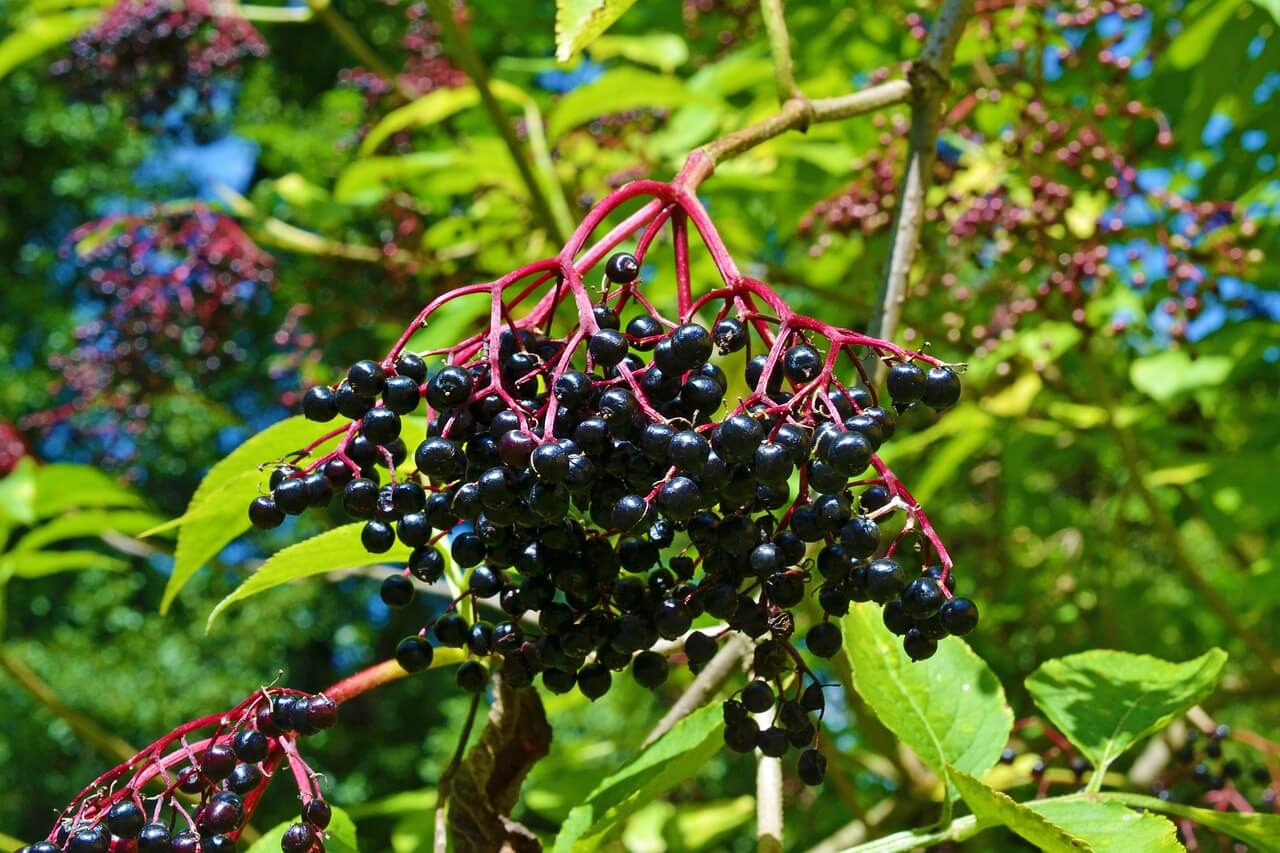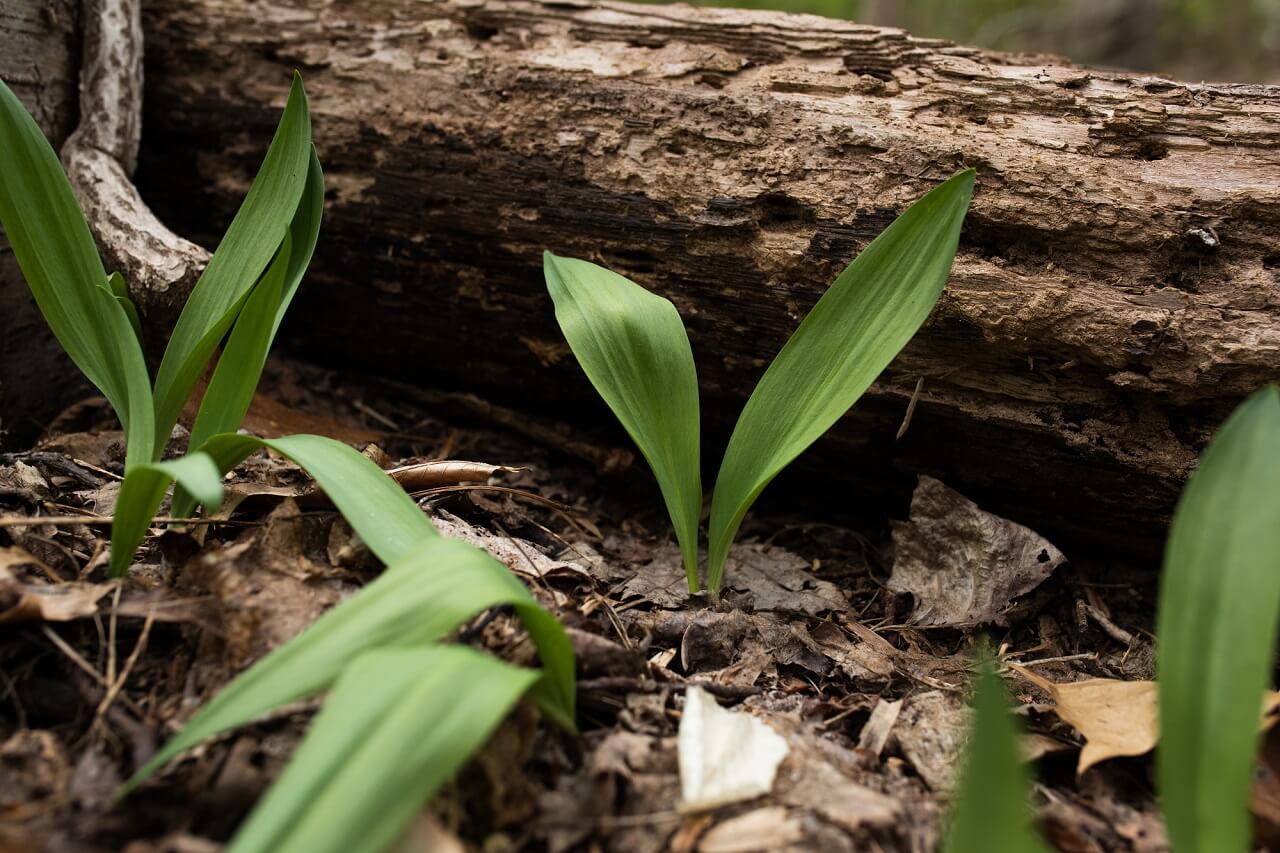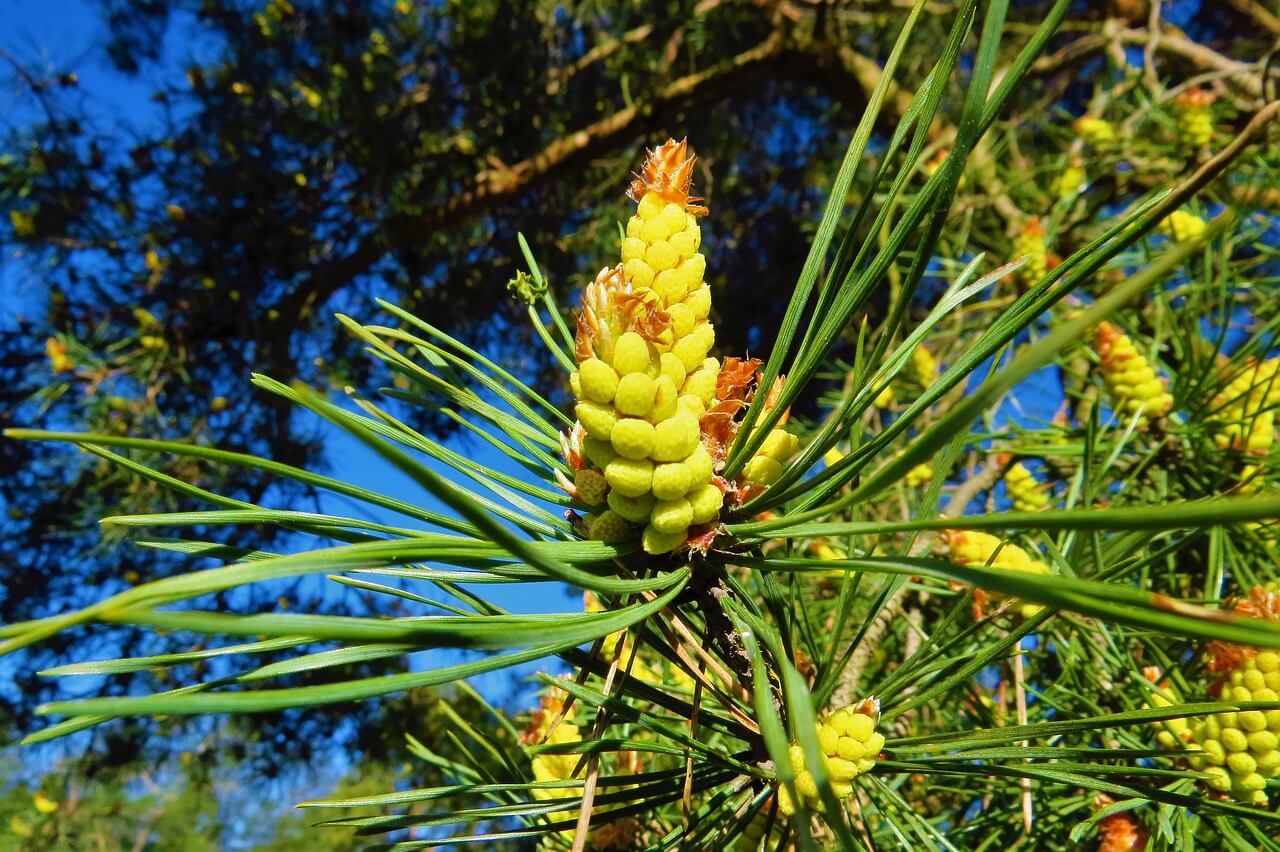Humans have been hunter-gatherers since the dawn of time, with the natural world being our breadbasket. It is still perfectly possible to forage for food and provide many of the elements we need in a healthier form than found in a grocery store. In this article, I will talk about how to forage for food, look at any “rules and regulations,” and any tools you may need to take with you.
What You'll Learn Today
Do you need permission to forage?

Foraging on your own land is perfectly legal, and you don’t need any permission to do that. However, be aware that there may be laws that prevent you from foraging for certain things on your land, such as protected birds, eggs, or rare plants.
Similarly, if you have the permission of the landowner, the same applies. Depending on where you live, you may need permission to forage on public land or in state parks or nature reserves.
Different states have different rules when it comes to foraging, so it’s best to check at all levels, local, county, state and federal, and ensure the things you want to forage for and where you want to collect them is entirely legal.
The Electronic Code of Federal Regulations is a good place to look to prevent you from falling foul of the law.
How Do You Start Foraging?
Talk with friends and neighbors and see if they go foraging for anything in particular. Take a look at foraging specific sites and social media groups to see what’s going on and what treats may be in season.
Armed with some ideas about what you might like to find, locate some local spots that may make reasonable hunting grounds for your chosen bounty.
I don’t mean to drone on, but before you run out of the house and start raiding the hedgerows and forests for free food, ensure you know where you can legally forage and what you are permitted to take. Not all states are the same, so check it out.
We’ll be looking at some of the best tools to take with you on your foraging adventures a little later on in the post; however, you will definitely benefit from an excellent foraging handbook or two, especially if you are planning on foraging for items such as wild mushrooms.
Check out the best 5-star rated books on Amazon to give you some ideas about what you should get.
What Should I Bring to Forage?

A few items will come in very handy to make your foraging easy and more successful.
While I have included some of the essential items it’s helpful to have, the list is by no means complete or extensive. It’s possible to go to town on “kit”; however, you will probably be foraging for a specific thing, so you won’t need everything every time.
I have provided a few links to some of my personal favorite tools. I always recommend buying quality equipment as you want it to last a lifetime and be reliable when you need it most.
Japanese Digging Knife
These are also called Hori-Hori and are a fantastic piece of kit. It has two blades, one fine, one serrated, a comfortable grip, a two-pronged tip for digging, and a handy carry case that loops onto a belt. I’ve tried a few brands, but this, for me, is the best.
Baskets, Buckets and Bags
It is handy to have a mesh bag or two with you as well. They can be scrunched up and take up very little space and weigh almost nothing.
If you are foraging for mushrooms, you want your collection receptacle to have gaps where the spores can fall back onto the ground for sustainability. A fine mesh bag or a flatter, open basket can also be helpful and doubles up for collecting herbs, assisting with the drying element.
Again, a mesh bag or a bucket can hold some of the muddier roots that you may dig up, and if there’s a little water in the bottom of your bucket, the rest of the plant won’t wither so quickly on the way home.
Pruners
It’s tough to choose a particular brand or type of pruner, as they are a very personal tool, and their usefulness varies. They can be used extensively for snipping through roots, twigs, small branches, and stems.
I have the Felco brand, as they are easy to sharpen, and replacement springs are readily available. Like all good tools, treat them well, and they’ll last forever.
Gloves
Your hands are going to see some rough work and encounter prickly thorny brambles and undoubtedly stinging nettles. It is a good idea to have a couple of pairs with you, some thick protective sturdy leather gloves and a thinner pair for some of the more delicate elements of foraging.
JEWELERS Loupe
A Jewelers Loupe may seem an unnecessary item, however, when trying to identify your botanicals, this beats a plain old magnifying glass hands down, and the LEDs on the one in the link are incredibly useful.
Brush
Something with decent bristles that will be strong enough to brush most of the dirt from your root harvest but not damage them.
Mushroom Knife
A special knife for harvesting mushrooms may seem unnecessary, but rest assured that it isn’t. It has a special curved blade to prevent damaging the mushrooms when harvesting and a brush at the end to remove the majority of dirt from the stalk.
Folding Knife
A good quality folding knife or something with a sheath can come in very handy. They will be helpful in a multitude of ways, for cutting the stalks of plants such as elderberry, other berries, or wild parsnip and when enjoying some fresh-picked pawpaw when you’re out on the trail.
Is it Safe to Forage for Food?

There are some points to bear in mind when beginning your foray into the world of foraging. The natural world is abundant with wonderful edibles, but for almost every edible, there is also a look-alike poisonous plant with chemicals that are toxic.
Go slowly with your foraging journey. You may be tempted to rush out and start munching your way through the undergrowth. Just one slipup could end very badly. Do your research well, as knowledge is power.
By taking along a foraging book written by an expert with plenty of detailed photographs, you can help to avoid making any fatal mistakes and ensure you can identify what it is you’re harvesting. You don’t want to be testing your medical insurance!
The internet is awash with “experts” on all manner of subjects. Just is the case with wild food and medicines. Ensure that you source your information from reputable and recommended sites.
A few things to bear in mind when contemplating the safety aspects of foraging.
Identification
Firstly, and most importantly, don’t be tempted to try anything you have not fully identified. If your find is new to you, it may not be poisonous, but it may also give you a reaction that could be avoided.
Once you have identified your harvest as edible, try a small amount in the first instance and check for adverse reactions.
Take precautions
Some things you harvest will be easily recognizable, but precautions still need to be taken. Wild ramps, for example, can look a lot like Lily of the valley, which is poisonous if eaten.
Mushrooms
When coming across a new mushroom species, it is better to be safe than sorry. Once identified as safe, still, try a small amount in the first instance and then build up to a proper-sized portion. You will appreciate the new wonder more by knowing that there won’t be a bad reaction.
Surroundings
Be aware of your surroundings. Look and listen to what might be happening in and around where you are thinking of foraging. Pollution from heavy industry, the fumes from the exhausts of cars and trucks can all find their way into what may look like something tasty, so avoid harvesting from the roadside, especially on busy thoroughfares.
Animals
If you manage to find yourself out in the wilds, you’ll also need to be careful of having an encounter with some of the local wildlife. It’s lovely to see many animals, but others less so.
It is better to avoid snakes, skunks, feral hogs, bears, pumas, bobcats, panthers, mountain lions, coyotes, crocodiles, alligators, and wolves. Although it is rare to be attacked by a large animal, it can sometimes happen, but most deaths are caused from bites by venomous snakes.
Animal poop
Urine and animal droppings are most definitely something that can cause an upset tummy. Try to pick areas to forage that are a little off the beaten track and not the usual haunt of dog-walkers, for example.
This won’t eliminate the chance of animal droppings, but generally speaking, the things you forage are less likely to be “infected.”
It is safest not to eat anything until you have had an opportunity to wash it thoroughly.
Laws
Once again, a reminder to check you know the local laws concerning foraging. Ensure you understand precisely what is allowed and excluded in areas where it is permitted.
How to Identify Edible Plants?
The best way to identify edible plants is by doing plenty of research. This can be done by looking online at videos, but it is always an excellent idea to have an actual guidebook to take with you.
This video is part of a series that shows you how to identify and process a large range of different foraged edibles:
When searching out the best foraging guides to assist you, do your homework and spend time reading the reviews. You’ll be more inclined to favor those with five-star ratings, but take a moment to read the reviews and when they were posted, as not all reviews will be genuine!
The obvious place to look in the first instance will be Amazon, where you will probably find the most significant number of books on any given subject. There are other independent places that you can look which you may prefer.
Wherever you choose to shop for your books, also consider how specialized they may be or how general. Have an idea about what kind of foraging you want to do.
In my early days as a forager, I found that books with more pictures were easier to navigate and gave me peace of mind, knowing I could see what my edible was supposed to look like.
Edible Wild Plants: A North American Field Guide to Over 200 Natural Foods – An excellent choice having hundreds of color photos and detailed information on over 200 species of edible plants across North America.
The plants are conveniently organized by season. Each one includes images, facts on the plant’s habitat, physical properties, when to harvest, how to prepare, and their poisonous look-alikes. There are also a few handy recipes.
Mushrooming without Fear: The Beginner’s Guide to Collecting Safe and Delicious Mushrooms – This is an invaluable guide for anyone who is a mushroom lover and wants the security of identifying safe mushrooms. It includes the rules for finding non-toxic mushrooms, my favorite one being “If the mushroom smells rotten, then it IS rotten!”
And finally, Midwest Medicinal Plants: Identify, Harvest, and Use 109 Wild Herbs for Health and Wellness. Lisa Rose explains how to identify, harvest, and use some wonderfully helpful wild plants and herbs. The best methods for foraging and preparing herbal medicines, teas, salves, and tinctures. There are plenty of photographs and descriptions and when it’s best to gather them.
Conclusion
Use all of your senses when foraging. Sight, smell, hearing, touch, and taste once you know it’s safe. If you can hear heavy machinery or a well-traveled road, there is the risk of contamination from pollution.
If there are immediate signs that you are on a popular dog-walking route, then know the chances of “contamination” are higher.
Learn which are the dangerous species in the area that you are planning to forage. Study what grows in different places, what kind of conditions suit each edible, and what companion plants may grow in close proximity to what you seek.
Knowing the best time of year to harvest will help ensure that you don’t miss out on some real goodies. Also, what part of the “edible” plant may be just that, as not all parts of all plants are edible!
Don’t forget to stay within the law. Remember that some things are protected, such as birds’ eggs and certain plants, and it is illegal to forage for anything in some places.
We hope you’ve found this article on how to forage for food interesting and that you’ll have lots of fun going out and gathering your own free food.
We have more articles about foraging available on our website – see this one about pine pollen, this one about persimmon trees, this one about wild grape leaves, or this one about maple trees.